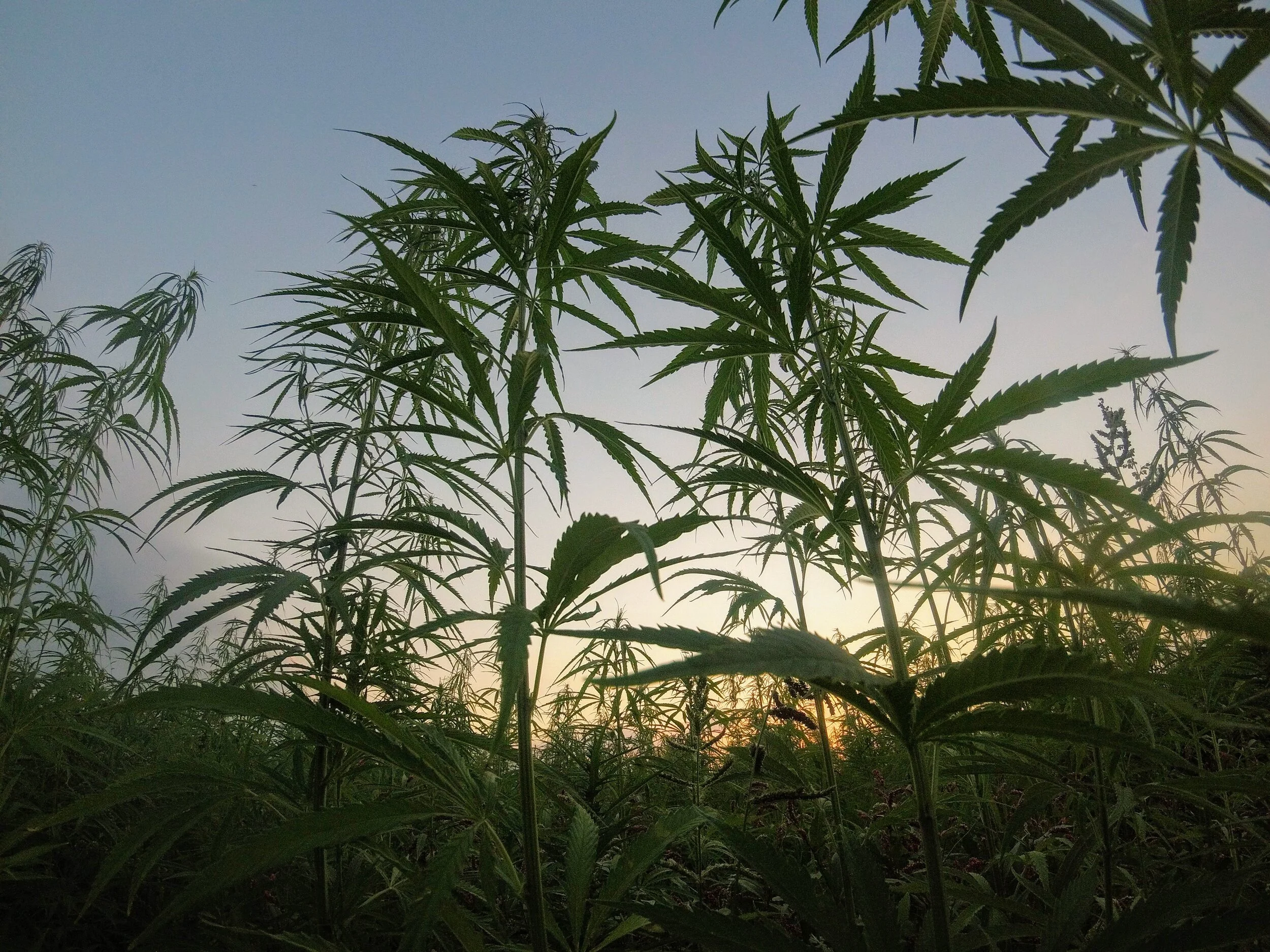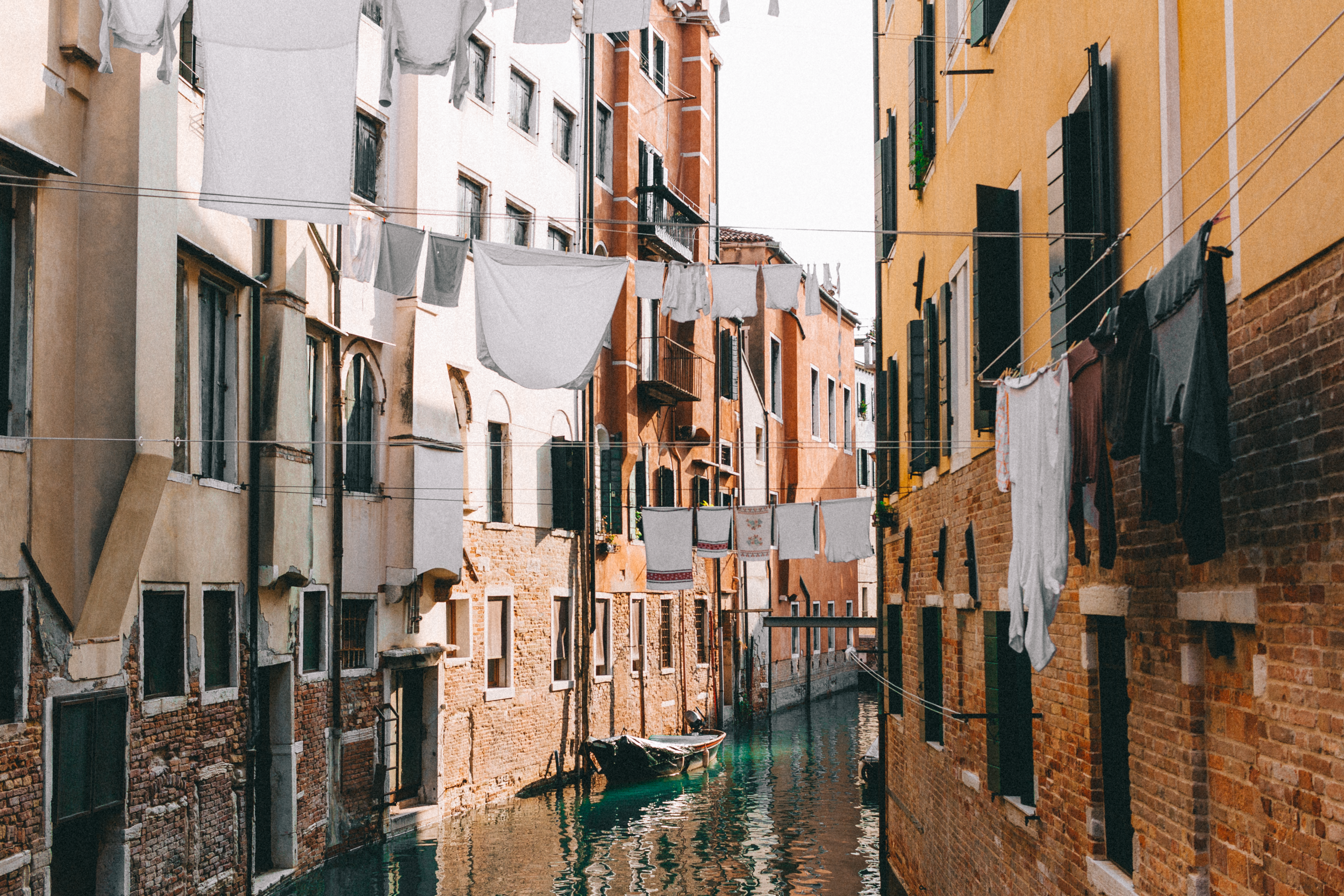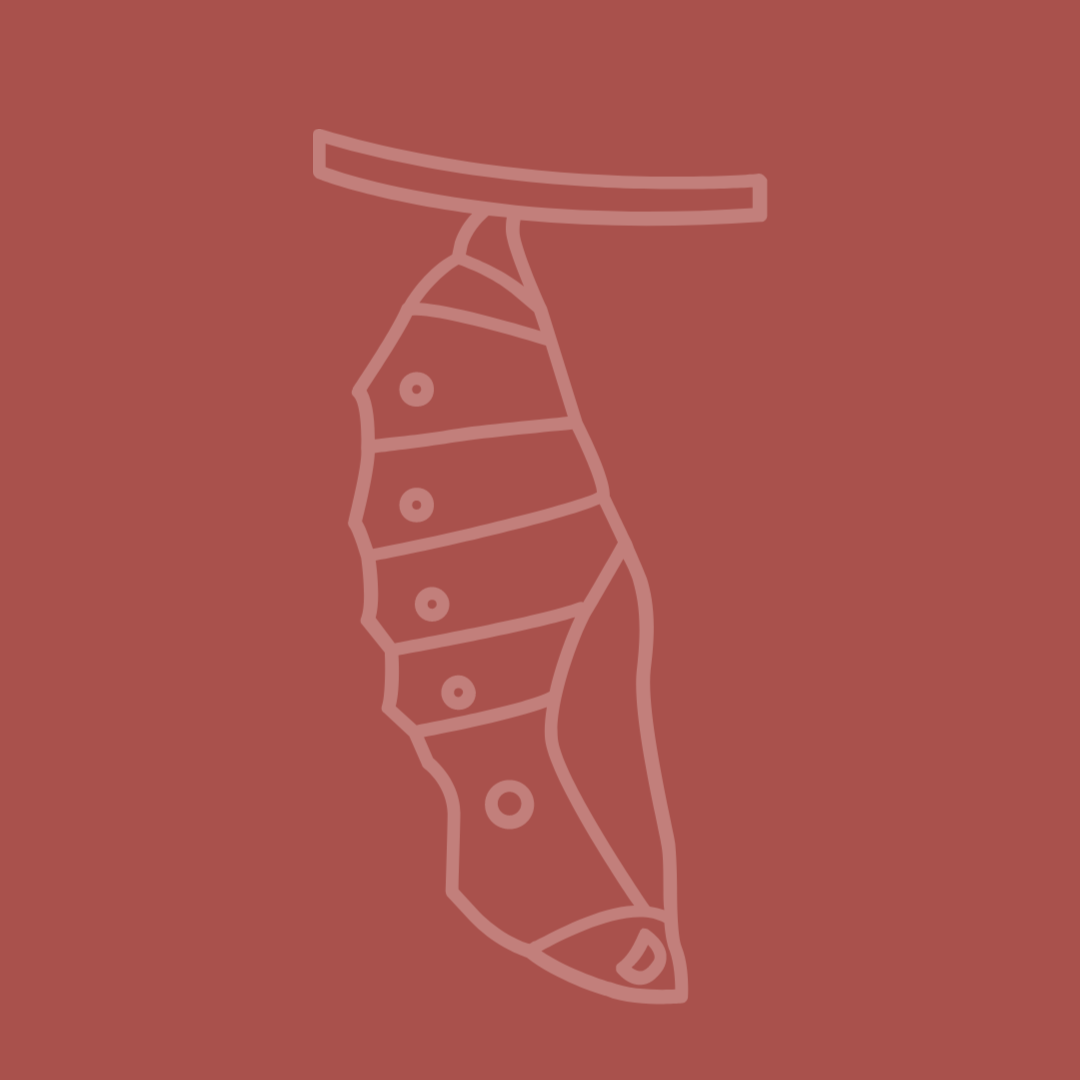Hemp
Yeah, its exactly what you think it is. Weed. Pot. Or its scientific name, cannabis sativa. Any pot smoker will tell you that they hate stems in their sack, but the stems are how hemp is made.
Unfortunately, this fiber got a bad name because of its classification as a schedule 1 drug in the United States and similar prohibitions in other countries. Hemp was a very common crop in the 19th century but was prohibited during America’s war on drugs. In 2018, a farm bill made it federally legal for farmers to grow hemp with a low concentration of THC. Sorry, you won’t get high if you burn your hemp clothing. You might start a very gnarly fire though because plant fibers are highly flammable.
Why hemp?
Cannabis could be the answer for slow fashion. Photo by Matteo Paganelli
This fiber has so many great benefits that have nothing to do with THC. It is one of the strongest natural fibers which is a reason that is often used for rope. Like other bast fibers (fibers made from stems), hemp is known for its coarseness. The other mental picture of hemp that you may have is of a Phish fan wearing a coarse Mexican poncho and a beaded choker. Both the poncho and choker are made from hemp. But hemp also is used to make fine fabrics for delicate lingerie or soft bedding.
There needs to be more development done concerning the refinement process for this fiber. With the prohibition lifted there can be more experimentation with seeing what this fiber can do.
Where Does Hemp Come From?
Cannabis can grow anywhere. It just needs a temperate climate. So hemp can come from all over the world. It grows quickly, without a lot of pesticides or agrochemicals. It has a large root system that naturally aerates the soil where it grows. That makes it a bit more environmentally friendly than other plant fibers.
Hemp Care
Much of the world line dries their clothing which is more beneficial than tumble drying. Photo by Alessandro La Becca
Like cotton and linen, hemp is very easy to care for. It can withstand being laundered with hot water and hot tumble drying. But even though hemp can withstand high temperatures, consider energy usage in your laundering. Standard detergents are made to clean in lower temperature water, so you can clean hemp without increasing your heating bill. Line drying is beneficial to hemp fibers because there is less long term wear and tear compared with tumble drying. This means that your hemp clothing will last longer.
Ironing
This durable fiber can be ironed with high setting and steam. The best way to iron hemp garments is while it is still slightly damp from the dryer or clothing line. You will not have to deal with as many wrinkles.
Mildew
This musty smelling fungus grows on damp hemp. Over time, mildew can ruin hemp fabric. Avoid this by hanging up damp hemp garments or fabric to allow air to easily flow through the fibers. In other words, don’t let the garments sit in a clump on the floor.
Pests
One of the benefits of this fiber is that it tends to deter pests. Cannabis is fairly resistant to insects.





